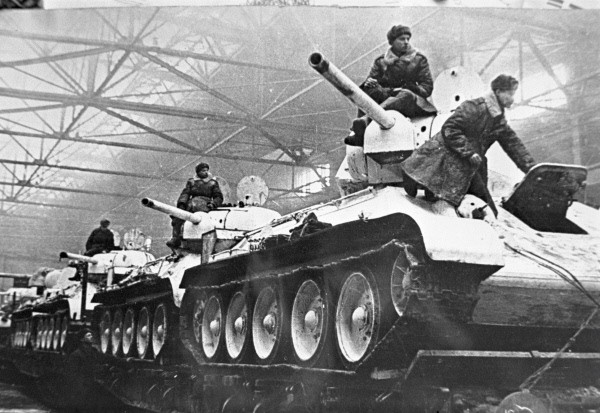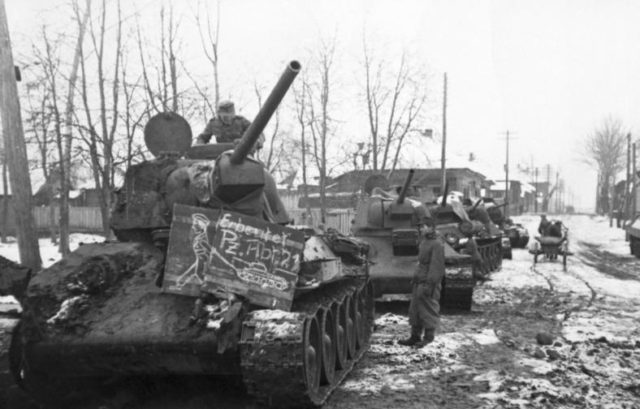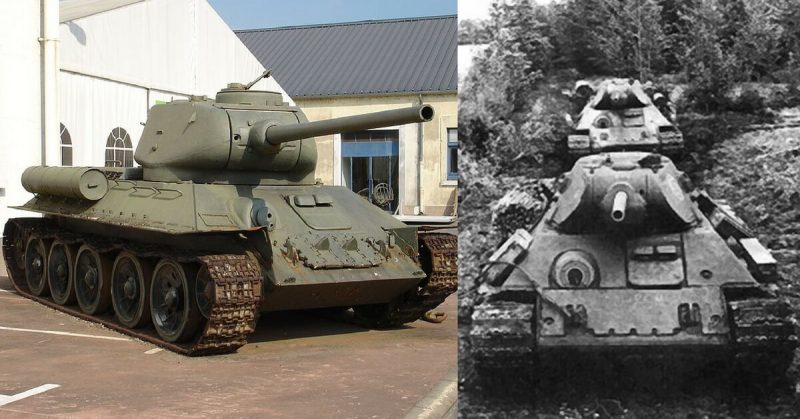The legendary game changing tank of the Soviet Red Army ― the T 34, with all its variants was the backbone of USSR armored units. The tank was developed in a dire need to counter the advanced German armor during the first years of the Second World War, and it proved to be quite efficient. Placing itself as a medium level tank it was superior to German light tanks such as the Czech-made Panzer 35(t) and Panzer 38(t). It could also match Panzer III and IV which were the most common medium tanks of the German Army.

The T 34 was first put into mass production in 1941. Following the German invasion of that year, the Soviets lost many factories located in the occupied territories, and many were being relocated to safe zones in the far eastern end of the Soviet Union. One factory, however, was working double shifts to make up for the others. It was the Dzherzhinski Tractor Factory in Stalingrad, which worked day and night, while the city was under siege and fierce fightings were happening just outside the industrial complex.
During the period between 1941 and 1942, the Dzherzhinski Tractor Factory produced around 40 % of T 34 tanks in all of Soviet Union. Since the factory was in the middle of a war zone, it is claimed that the unpainted T 34s were sent on into combat immediately after assembly.
The tank proved to be suitable for improvements and upgrades, and as the war dragged on, it’s mass production became faster, cheaper and more reliable. In fact, new methods were developed which included automated welding and hardening the armor plate, to accelerate the mass production.
Despite many losses, the Soviets were able to outnumber the German tanks significantly with their industry concentrated on producing numerous units of the T 34 tank. During the war, Germans would often press into service captured T 34 tanks, for they truly were the masters of the eastern flatlands.

The T-34 had well-sloped armor which provided decent protection against anti-tank weaponry, a relatively powerful engine, and wide tracks which were necessary for the muddy flatlands of today’s Belarus and Ukraine.
The initial T-34 version had a powerful 76.2 mm gun and is often called the T-34/76 (originally a World War II German designation, never used by the Red Army). In 1944, a second major version began production, the T-34-85, with a larger 85 mm gun intended to deal with newer German tanks.
Its gun was able to penetrate any German armor in normal combat conditions. However, its two-man turret suffered significantly because of weak optics and poor vision devices. Also, initial versions often encountered malfunctions regarding the caterpillar tracks which proved to be extremely vulnerable, but later versions managed to overcome this weakness.
Despite its flaws, it remains one of the iconic tanks of WWII, respected for its balance of speed, firepower, reliability, and armor. After the war, T 34 was exported on a large scale to developing countries and even remains in use today in over 27 different countries all over the world.
